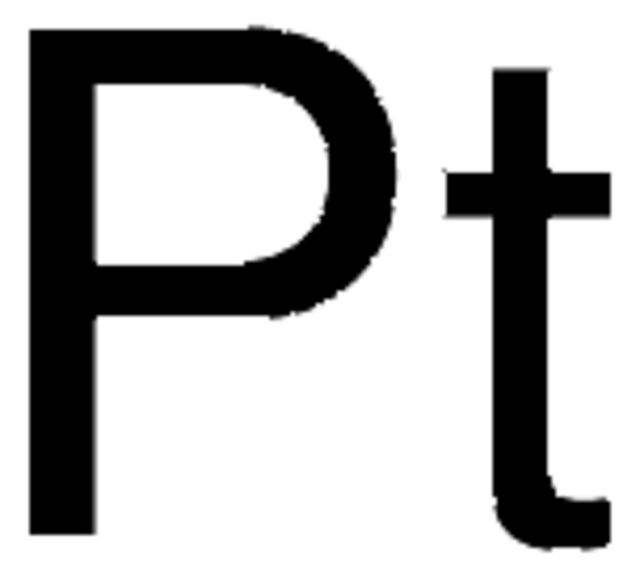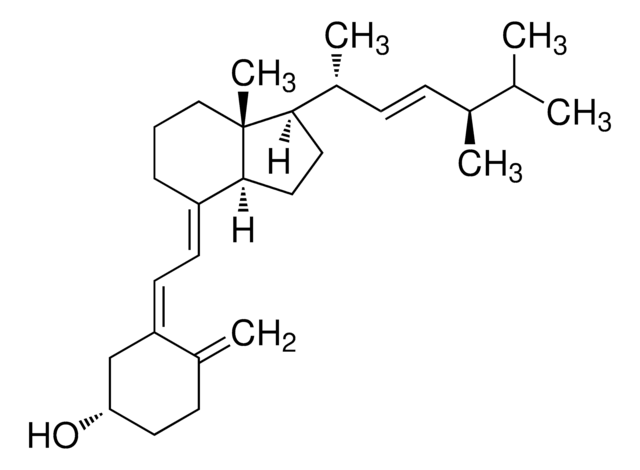SCJ4600050
CF™ 660C succinimidyl ester
suitable for fluorescence, ≥90% (TLC)
About This Item
Recommended Products
Quality Level
Assay
≥90% (TLC)
form
solid
mol wt
~3,112 g/mol (free acid)
solubility
DMF: soluble
DMSO: soluble
H2O: soluble
ε (extinction coefficient)
200000 at 667 nm
absorbance ratio
A280/667 nm 0.08
fluorescence
λex 633, 635 or 640 nm (Flow cytometry laser line)
λex 633, 635 or 640 nm (Microscopy laser line)
λex 667 nm; λem 685 nm
suitability
suitable for fluorescence
shipped in
wet ice
Related Categories
1 of 4
This Item | E0900000 | PHR1237 | PHR1232 |
|---|---|---|---|
| technique(s) HPLC: suitable, gas chromatography (GC): suitable | technique(s) gas chromatography (GC): suitable, liquid chromatography (LC): suitable | technique(s) HPLC: suitable, gas chromatography (GC): suitable | technique(s) HPLC: suitable, gas chromatography (GC): suitable |
| application(s) clinical testing | application(s) pharmaceutical (small molecule) | application(s) food and beverages | application(s) pharmaceutical (small molecule) |
| format neat | format neat | format neat | format neat |
| Quality Level 300 | Quality Level - | Quality Level 300 | Quality Level 300 |
| grade certified reference material, pharmaceutical secondary standard | grade pharmaceutical primary standard | grade certified reference material, pharmaceutical secondary standard | grade certified reference material, pharmaceutical secondary standard |
| storage temp. -10 to -25°C | storage temp. −20°C | storage temp. -10 to -25°C | storage temp. 2-8°C |
General description
Features and Benefits
Preparation Note
Reconstitution
Legal Information
Disclaimer
Storage Class Code
11 - Combustible Solids
WGK
WGK 3
Flash Point(F)
Not applicable
Flash Point(C)
Not applicable
Choose from one of the most recent versions:
Certificates of Analysis (COA)
Don't see the Right Version?
If you require a particular version, you can look up a specific certificate by the Lot or Batch number.
Already Own This Product?
Find documentation for the products that you have recently purchased in the Document Library.
Our team of scientists has experience in all areas of research including Life Science, Material Science, Chemical Synthesis, Chromatography, Analytical and many others.
Contact Technical Service





